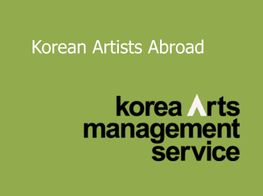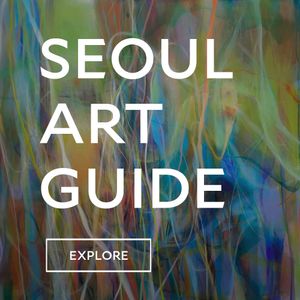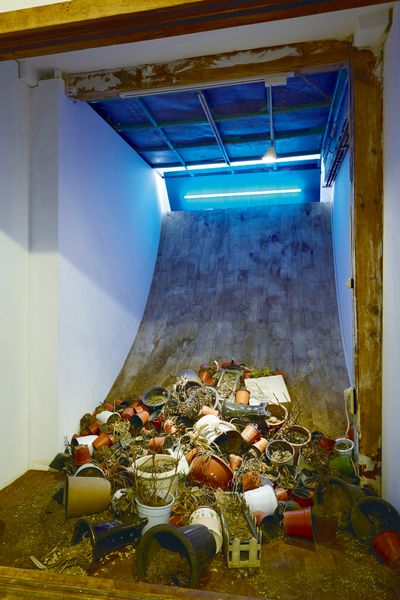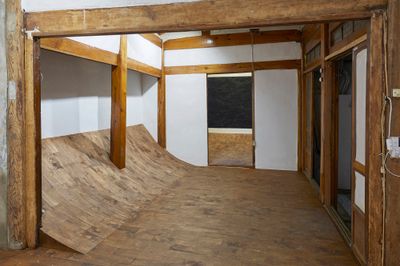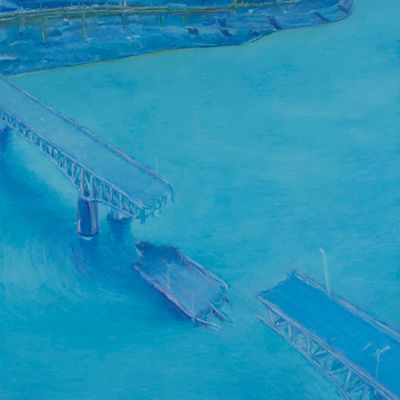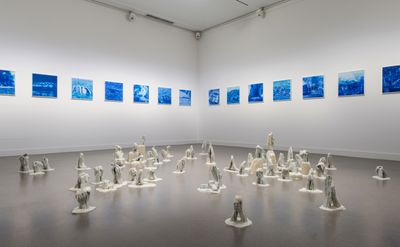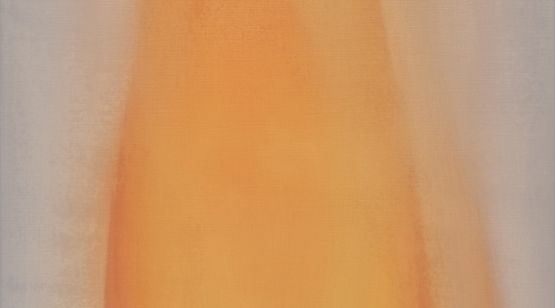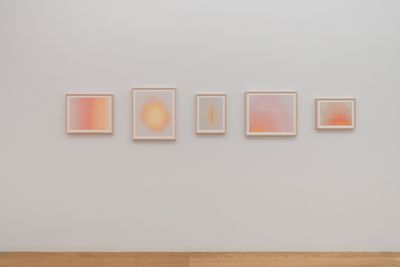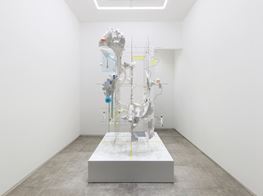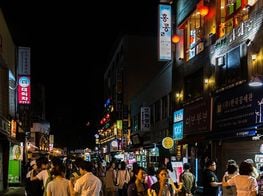Keem Jiyoung: Remembering Pain
IN PARTNERSHIP WITH KOREA ARTS MANAGEMENT SERVICE
How can an artist represent a traumatic event without reducing it to a spectacle? For Keem Jiyoung, there is no clear answer other than to face the severity and pain of remembering in full force.
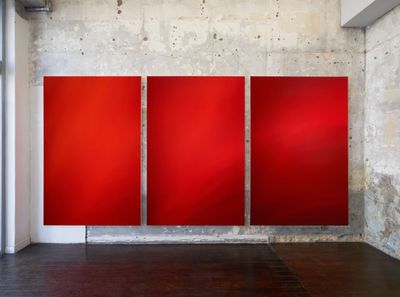
Exhibition view: Keem Jiyoung, Scattering Breath, P21, Seoul (14 October–19 November 2022). Courtesy P21.
The Korean artist's eclectic practice is defined by intense material explorations that attempt to develop a precise and appropriate language for remembrance.
'My work isn't about telling things that we don't know; it's about revealing senses that we already knew, but have receded deeply into our memories or consciousness,' Keem said.
Keem's concern with methods of representation was evident in Tilted Land Even Wind, her first solo exhibition in 2015. In an adapted hanok or traditional Korean house, Keem presented drawings, paintings, and installations to create immersive evocations of death, mortality, and loss.
Her spatial interventions were seen throughout the hanok rooms, where the wooden flooring was raised in ramp-like structures at different angles. This reached its steepest point in Today's Growth (2015), a collection of plant pots in disarray on a dramatically sloping floor, as though subjected to a violent earthquake.
Sounds of drumming echoed in the walls—a part of the sound installation Wind (2015), where Keem recorded the winds at Paengmok Port in southwest Korea every day for a year. Keem was drawn to the port after the sinking of the passenger ferry MV Sewol on 16 April 2014, in which 304 of a total 476 passengers perished or were lost at sea. The vast majority who died were high school students on a trip to Jeju Island. Paengmok, the closest port to the site of the sinking, became a place for victims' families to gather and protest.
Keem spent the remainder of 2014 participating in vigils that demanded the government to investigate the sinking, from mismanagement of the ship to the responses of the Coast Guard and government authorities. Nearly a decade later, the official cause of the sinking remains undetermined.
The responses of artists to such disasters is something Keem carefully deliberates over. She considers, can art aid ameliorate pain or does an artist risk sensationalising the pain of others in choosing to represent it? Keem has gleaned possibilities in different media, such as in her book Wind Beyond the Closed Windows (2018), which reports on disasters in Korea from 1950 to 2015.
In the detached tone of news reportage, Keem writes about the 1972 Seoul Citizens Hall fire, the collapses of Seongsu Bridge in 1994 and Sampoong Department Store in 1995, and the Daegu subway fire of 2003, among others. Years are omitted in the texts—a move propelled by her desire for the reader to 'feel as though these were events they had just seen on the news, reminding them of the presentness of societal events.'
'But people experience societal events differently,' Keem said. 'Hopefully, the book format helps [readers] to face [these] in private spaces, at their own pace.' That slow process of absorption is emphasised in the book's design, where the colour gradient of the pages shift from light to darker blue, drawing the eyes deeper and deeper into its narratives.
Blue is also the sole colour of 'Blue Series' (2016–2018), Keem's series of 32 oil-pastel drawings first shown in her 2018 solo exhibition, Wind Beyond the Chosen Windows, at Sansumunhwa, Seoul. Each drawing depicts an event discussed in her book and employs a subdued range of tones to recreate images of capsized ferries, ruined interiors, or burning buildings that circulated in the media.
In contrast to their original reference photographs, Keem's drawings are especially haunting for the absence of human figures. In one drawing representing the Seongsu Bridge disaster, the long, empty bridge stands as a quiet witness to its own tragedy, its midsection collapsed in the still water.
A recurring critique of corruption, cost-cutting, and mismanagement emerges in Keem's practice. Social disasters, she argues, are not unfortunate accidents but products of human actions, and it is by remembering such events that connections between the past and present remain intact.
More recently, Keem has worked with candles to navigate the difficulties of remembering and mourning. Flames are extinguished in Look at This Unbearable Darkness (2019), an installation of over 60 partially melted candles in the shape of hands held together in prayer.
In her 'Drawing for Glowing Hour' series (2020–ongoing), candlelight manifests on small oil paintings on paper as glimmers of warm yellows, oranges, pinks, reds, and occasional blues. Its distinct shape is recognisable in some paintings, while in others it appears as barely perceptible orbs of colour. 'Glowing Hour', which Keem has developed alongside 'Drawing for Glowing Hour', portrays candlelight on larger canvases, paying attention to the subtle spectrum of colour in its ephemeral form.
Candlelight has become a symbol of peaceful protest in Korea following the sinking of MV Sewol, demonstrations against former president Park Geun-hye, and the Itaewon crowd crush of 29 October 2022. To this, Keem adds mourning and resistance, and affirmation of life. Painting candlelight is a long and private process that 'makes me struggle as I work, desperately searching for life that persists in spite of so many tragic deaths,' she said.
Restless to expand her methods, Keem plans to return to text and combine it with two-dimensional media and installations in search of different ways to materialise her concerns.
'Every time I work, I fear if my work is contributing to the reduction of real pain,' she said. 'Even so, I think we need to remember, so that this pain does not disappear into history like it didn't exist in the first place.' —[O]


